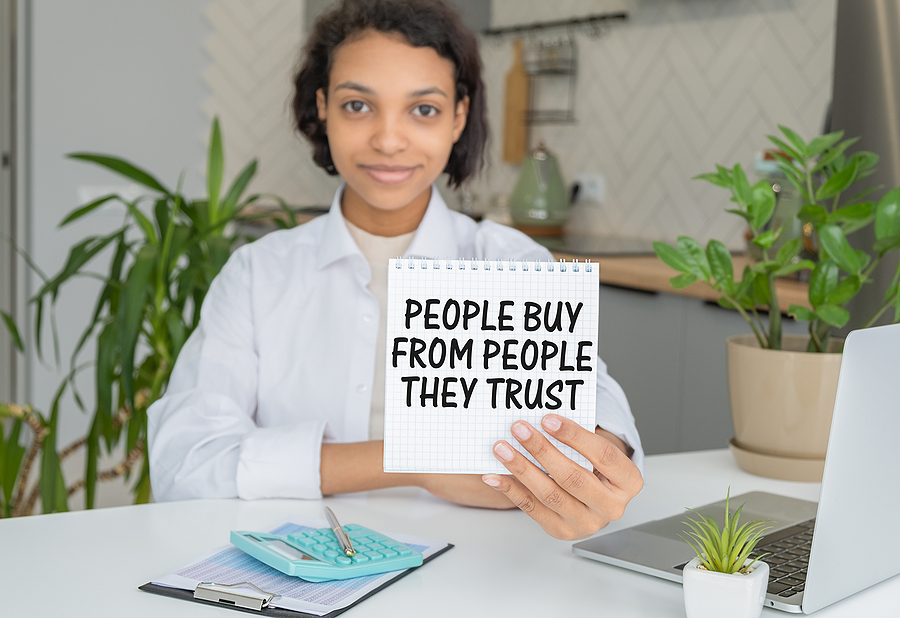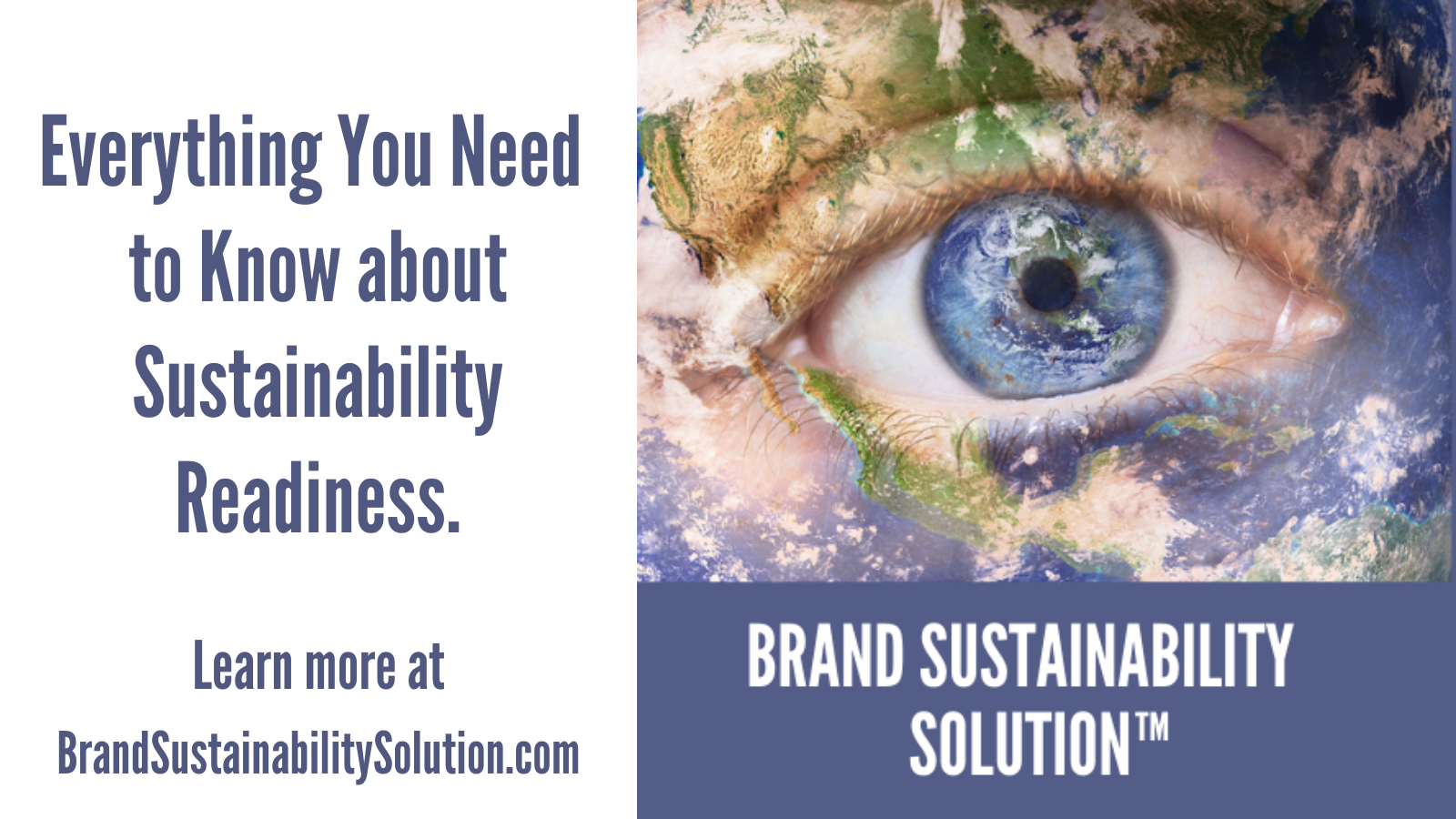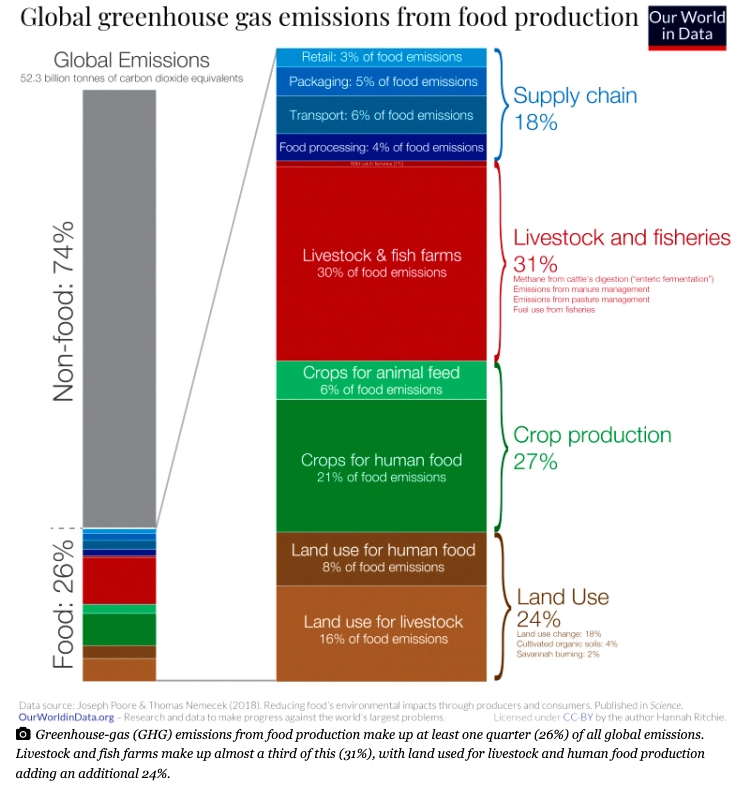
User Endorsements Punch Harder on Brand Trust
July 8th, 2022 Posted by Emergent Behavioral psychology, brand advocacy, brand marketing, Brand preference, Brand trust, Earned media, Emotional relevance, Influencers, Integrated Communications, resonance, Social media, Social proof, User Generated Content 0 comments on “User Endorsements Punch Harder on Brand Trust”Paid influencers might be a problem
When a key marketing ‘best practices’ principle continues to be validated time and again, you start to regard it as fundamental and credible guidance. Once again, we’re seeing new evidence that consumers question the veracity of brand content created by paid influencers, while simultaneously embracing the comments and experiences of real-world users.
How can this be? It’s simply a matter of trust. Those motivated by a profit agenda are viewed as less objective and trustworthy than those without underlying financial self-interest. Career endorsers are often seen as paid shills or at least they have the appearance of same to consumers.
What is the litmus test for trusted communication?
Communication that comes from sources:
- Without any hidden or potentially compromising (paid hustler) agenda
- Whose behavior is informed by simple honesty and factual integrity
- From voices that put the concerns and needs of others ahead of their own self-interest
In a recent Marketing Daily report a new consumer study, “The State of User Generated Content” from EnTribe, reinforces the credibility gap between trusted sources and paid influencers.
- 64% of consumers say they follow their preferred brands in social channels.
- 63% of consumers complain about the frequent appearance of influencer content in brand social posts.
- 85% of consumers believe influencers are inauthentic or unrelatable.
- 85% say they prefer to see content from citizen users.
- 84% believe user generated content drives brand trust.
- 77% of shoppers say user content makes them more likely to buy.
- 65% say user content makes them more loyal.
Never underestimate the power of trust
Let’s face it, consumers find it difficult to believe the claims and assertions made by brands. Why? Because true or not they believe companies will inevitably put their self-interest and profit motives ahead of their own welfare. In the consumer’s mind paid influencers suffer from a similar compromise of ‘never bite the hand that feeds you.’
Who do consumers believe or at least accept more readily as truthful and honest assessors of brand integrity and performance?
Each other – consumers will believe their peers before they embrace the brand’s own statements. That said, when trust breaks out it may also benefit the genuine acceptance levels of what a brand conveys on its own.
Editorial, non-paid media – say what you will about fake news, for the most part people continue to think that journalists are objective observers who attempt to unearth facts and evidence to confirm or deny what brands claim.
Credentialed experts with science, medical or academic backgrounds – individuals whose professional reputations are built on a hallowed ground of objective evaluation are perceived to have skin in the game and something important to lose should their recommendations turn out to be a fabrication.
Of course, just like restaurant reviews can be skewed because of a bad night in the kitchen, there is no such thing as unassailable, 100 percent bank-able opinions from any quarter. That said, the body of evidence weighed in sum will tip the scale one way or the other.
Why is trust so important to belief?
The always-on Internet and 24/7 reporting cycle have put every brand in every category inside a glass house. Anything than can be known, will be known – sooner or later. Too many trips into bad behavior land and trust fractures from half-truths or outright misinformation have caused a societal-level sense of caution and skepticism about what companies convey.
Here’s the antidote to trust fractures:
Actions speak louder than words. What a brand does – the actions it takes – can serve as evidence of its integrity and corporate soulfulness.
A brand’s devotion to a higher purpose and evidence of this belief system tend to project an aura of honesty and values-driven code about how the business is run and what the leadership team prioritizes.
Want to be trusted and believed? Then operate that way by putting the consumer’s welfare, wellbeing, priorities and needs ahead of company self-promotion interests. Selflessness is seen as an admirable trait in human behavior and when brands act this way (and are even willing to openly admit when they make a mistake) it helps cement consumer trust.
What do we know…?
- That trust is the fundamental grist underneath any real relationship that works. It is true in life and in human relationships as much as it is in the give and take between people and the brands that matter to them.
Without trust you have an intractable problem. With embedded trust you have an opportunity to secure belief and engagement. Trust is never claimed. It is always earned. User generated content supplies the verification.
Trust is a strategic and organization-level consideration that should be baked into the foundation of any business and marketing plan. Should guidance on brand trust-building best practices be of help to you, and how to translate that into compelling communication, use this link to start an informal conversation about your questions.
Looking for more food for thought? Subscribe to the Emerging Trends Report.
Bob Wheatley is the CEO of Chicago-based Emergent, The Healthy Living Agency. Traditional brand marketing often sidesteps more human qualities that can help consumers form an emotional bond. Yet brands yearn for authentic engagement, trust and a lasting relationship with their customers. Emergent helps brands erase ineffective self-promotion and replace it with clarity, honesty and deeper meaning in their customer relationships and communication. For more information, contact [email protected] and follow on Twitter @BobWheatley.





